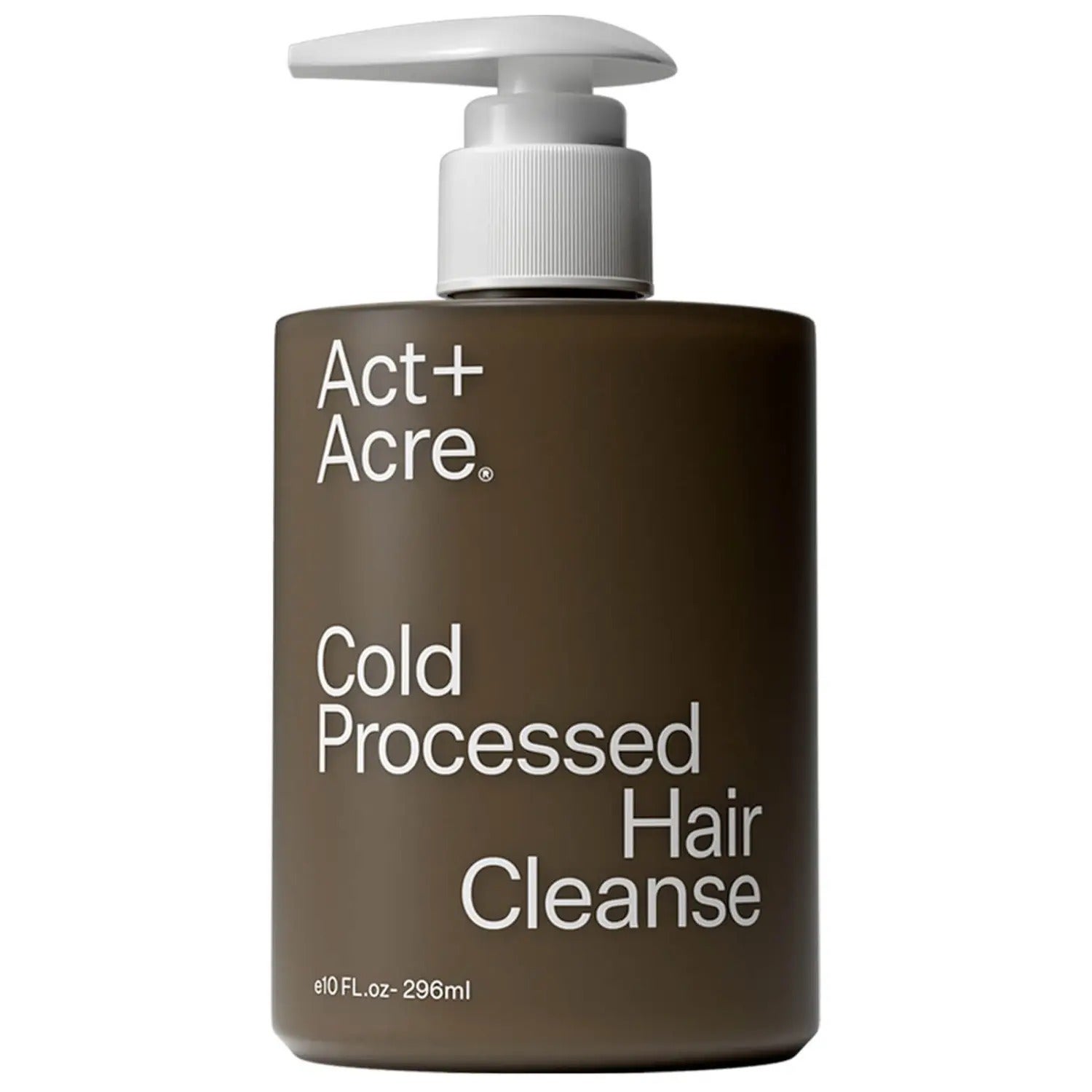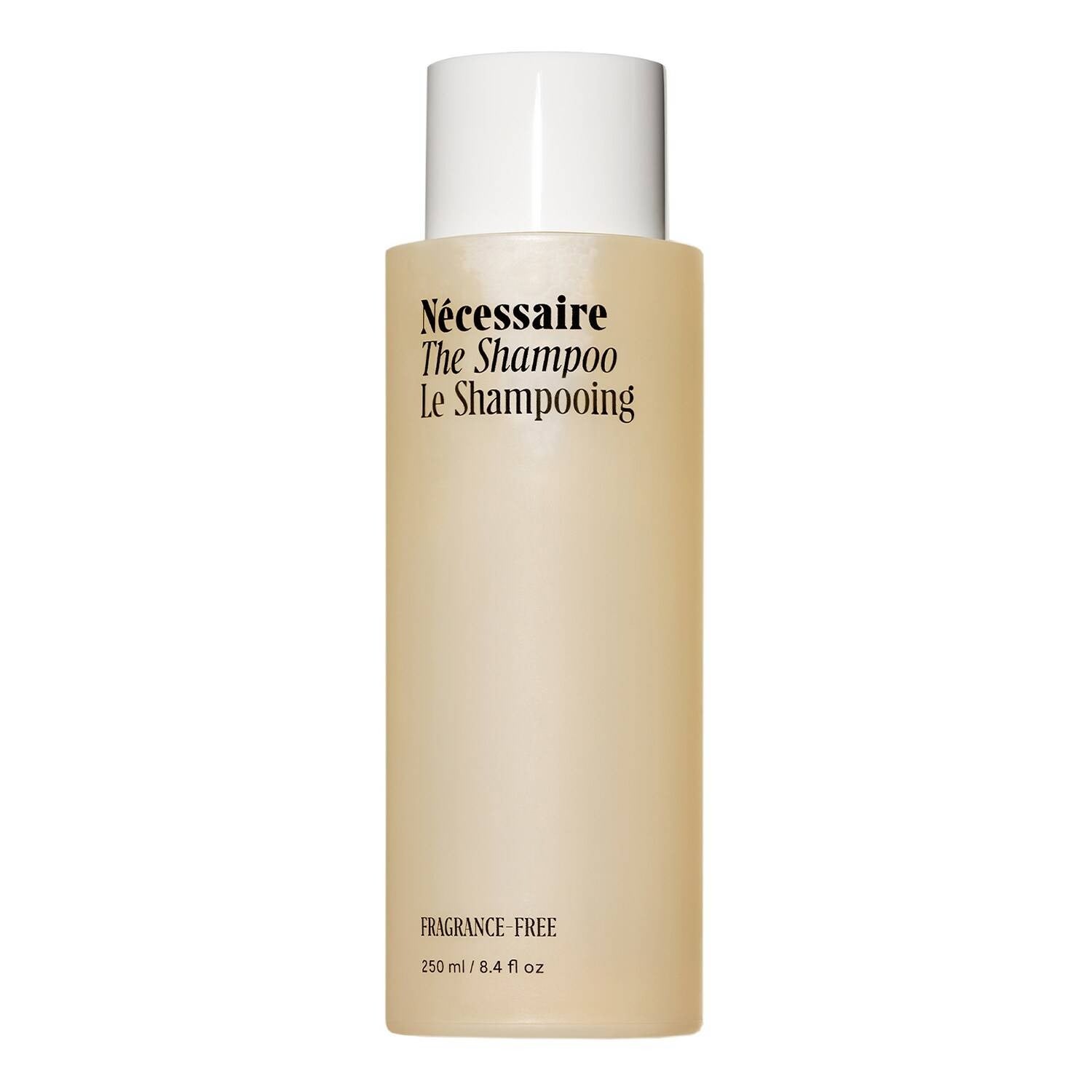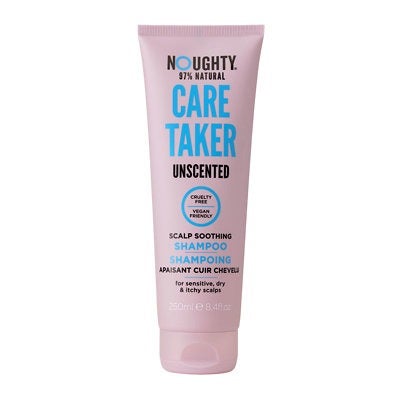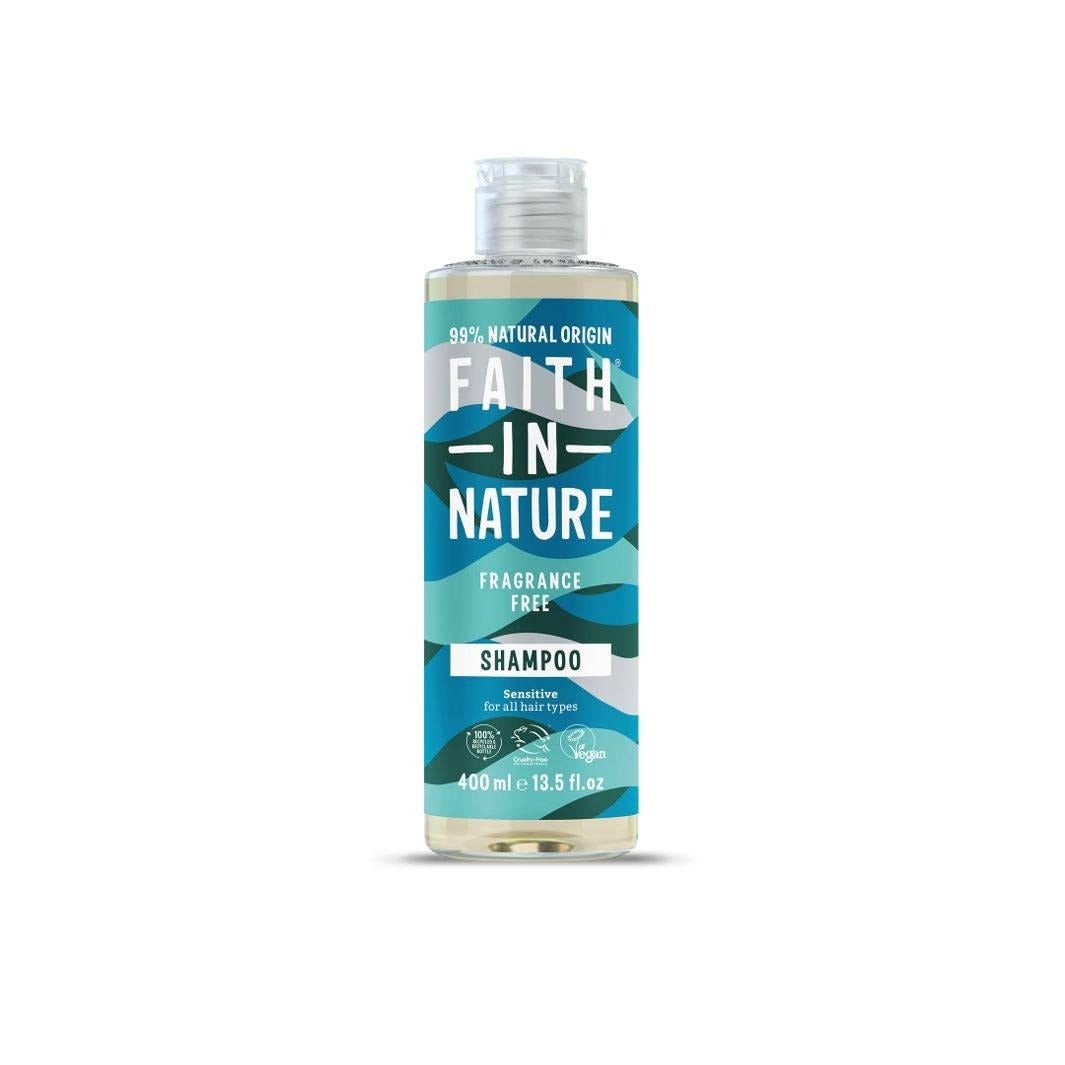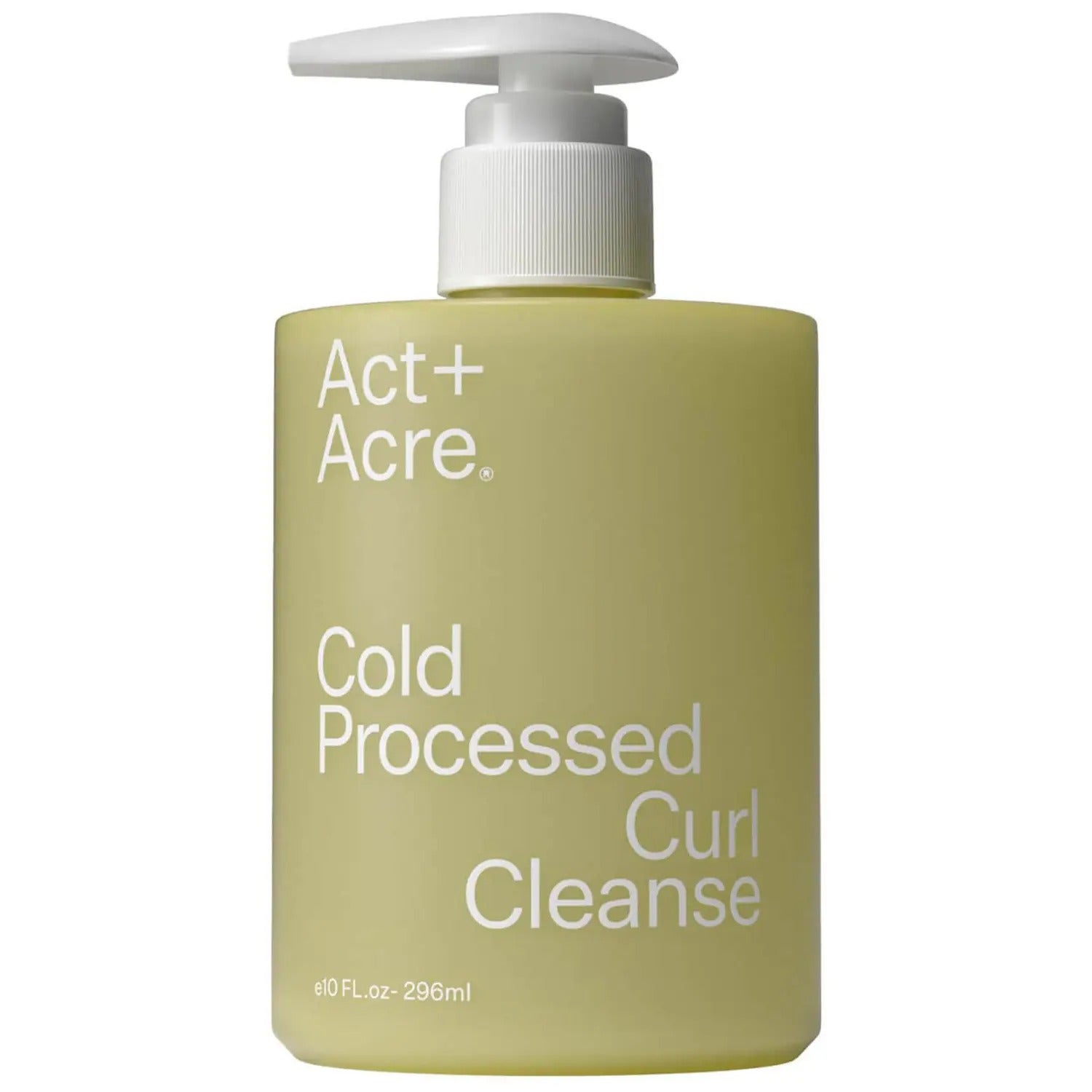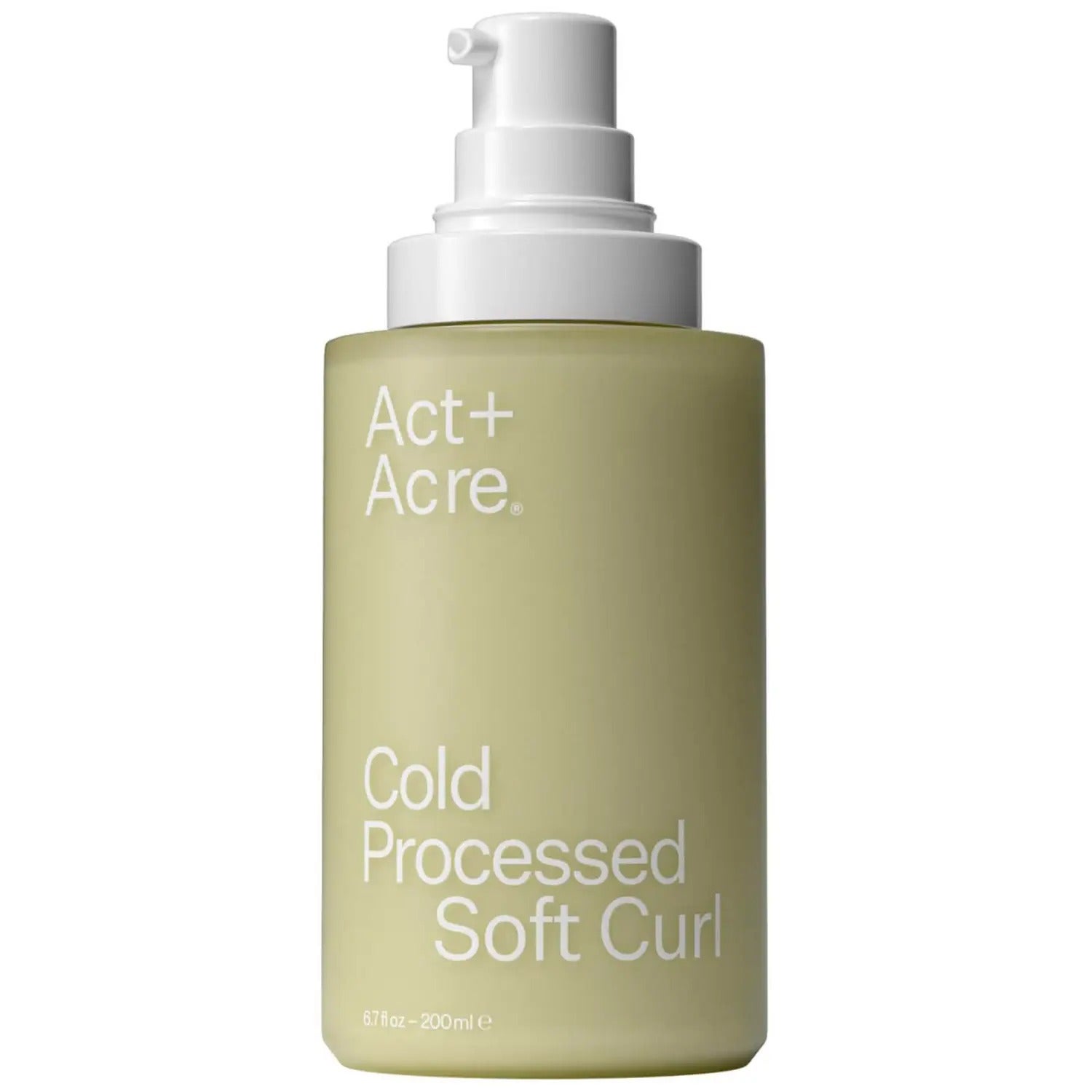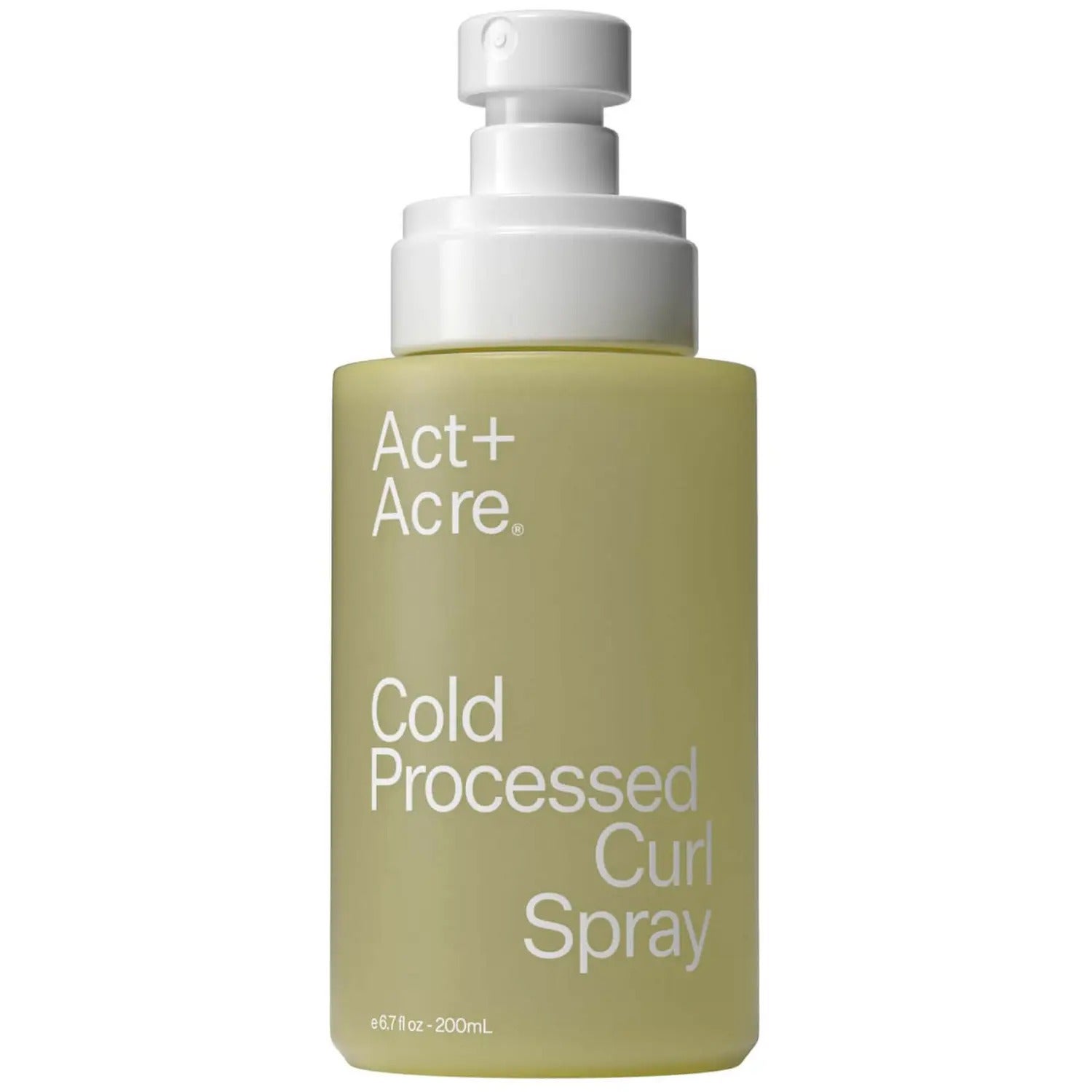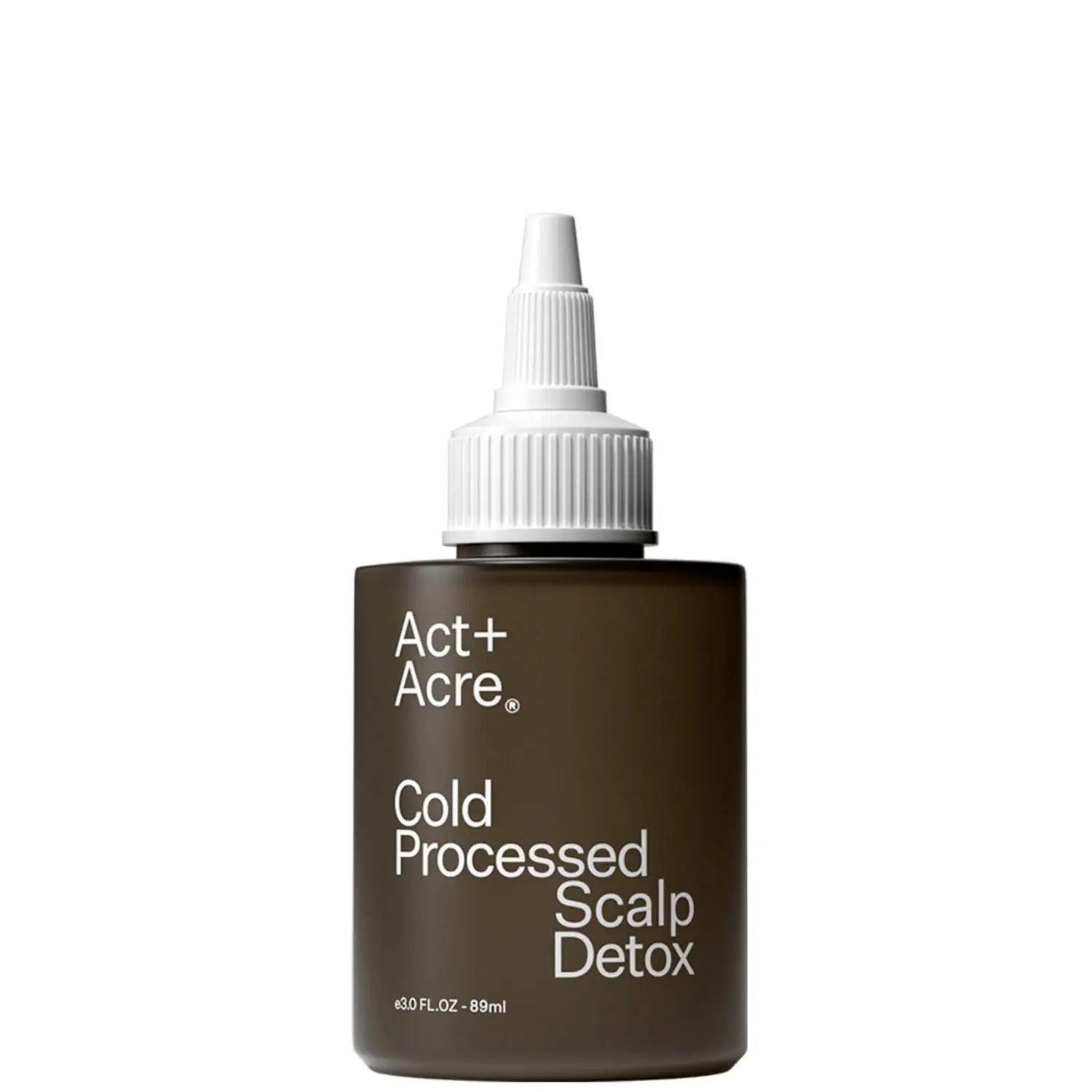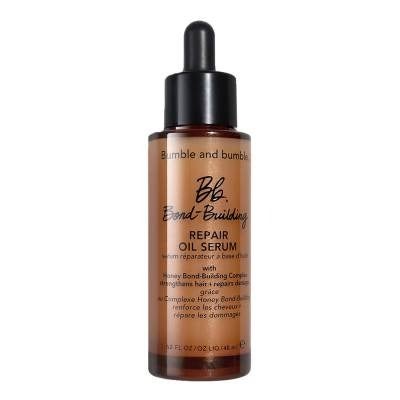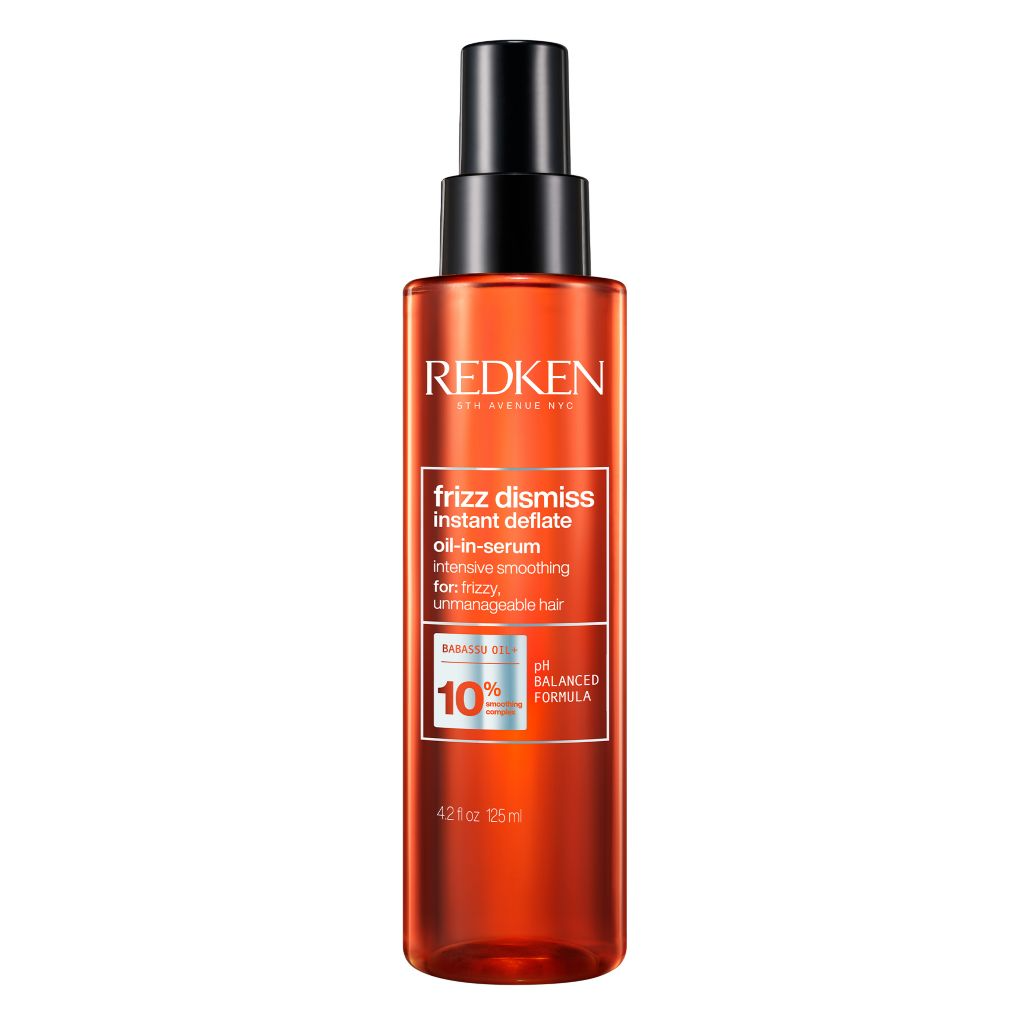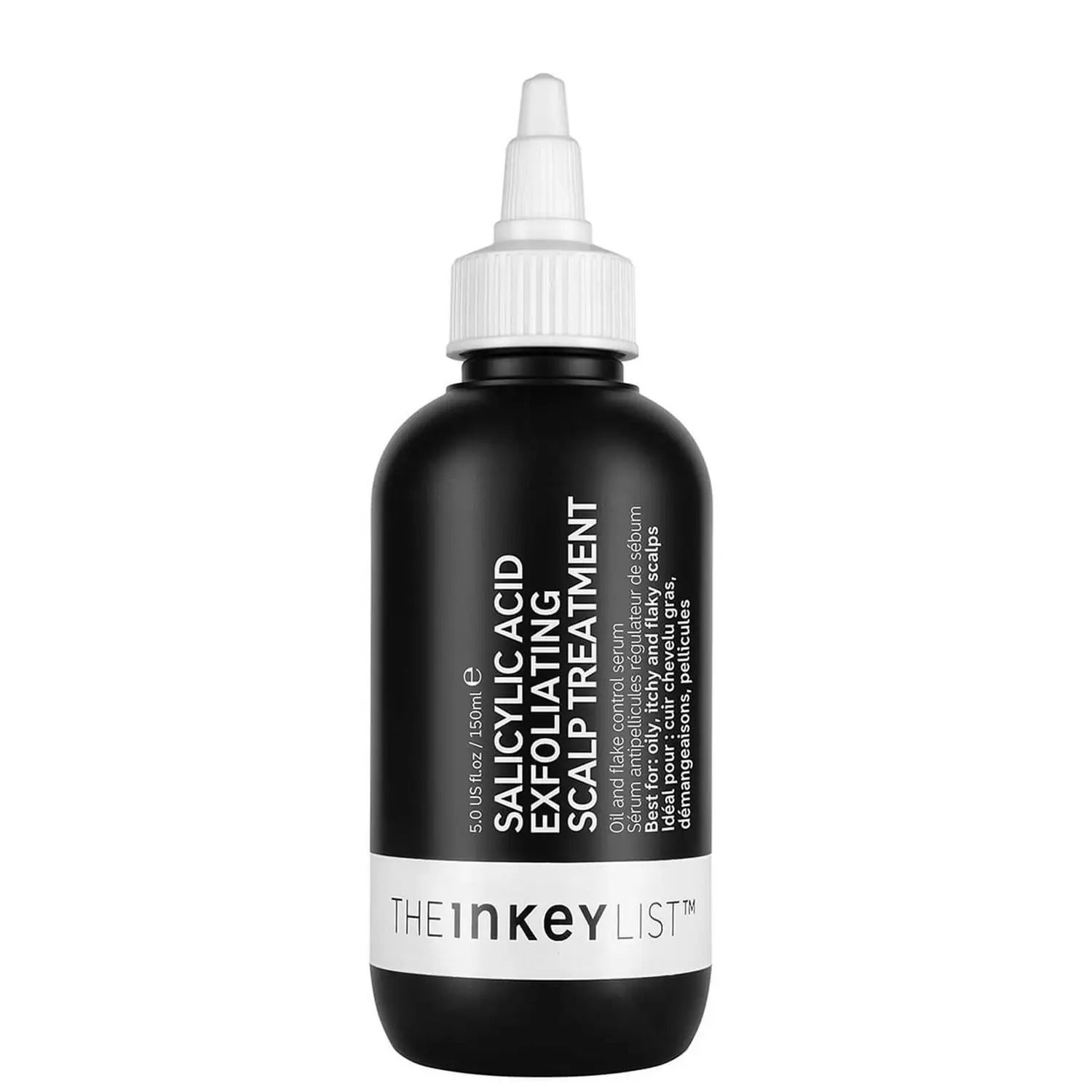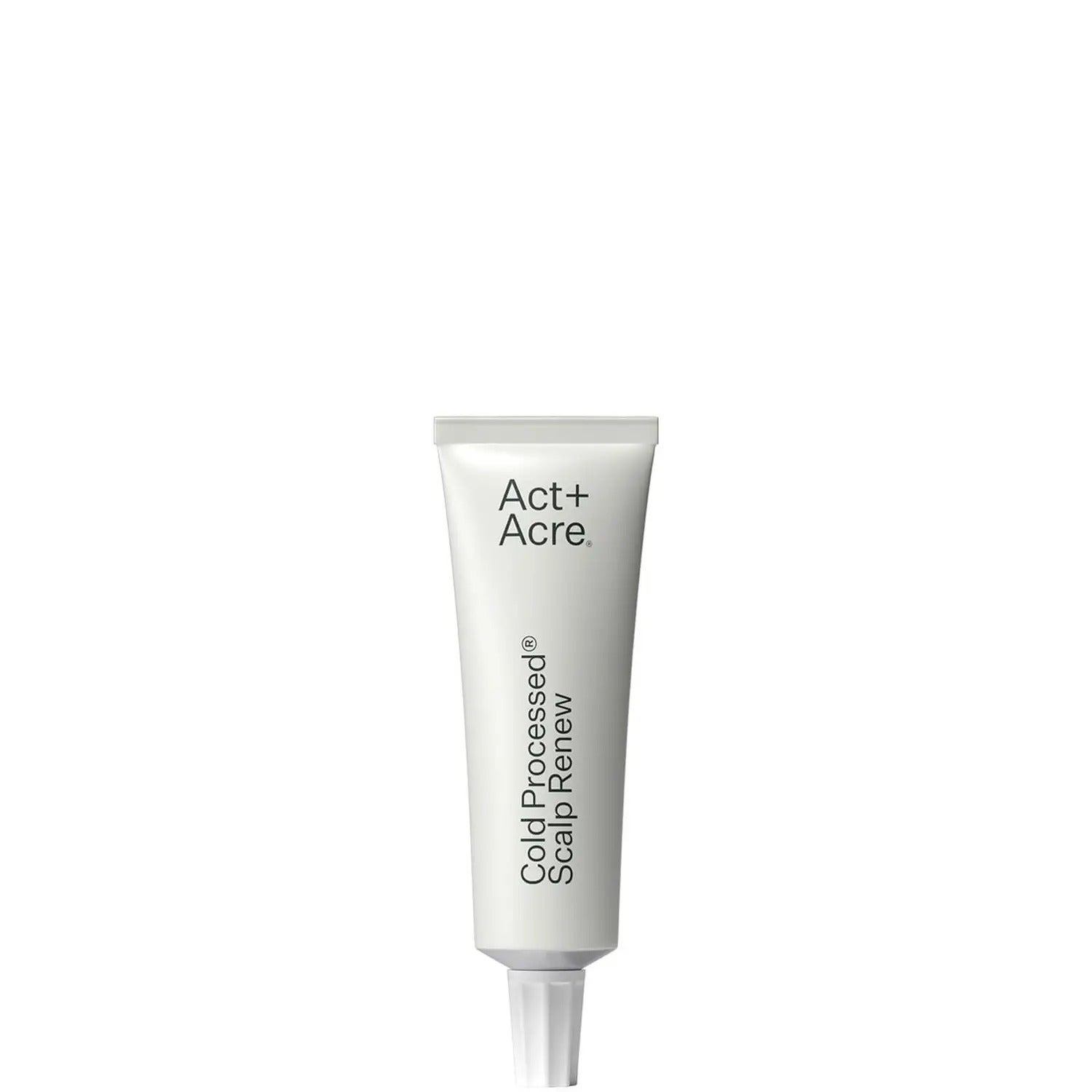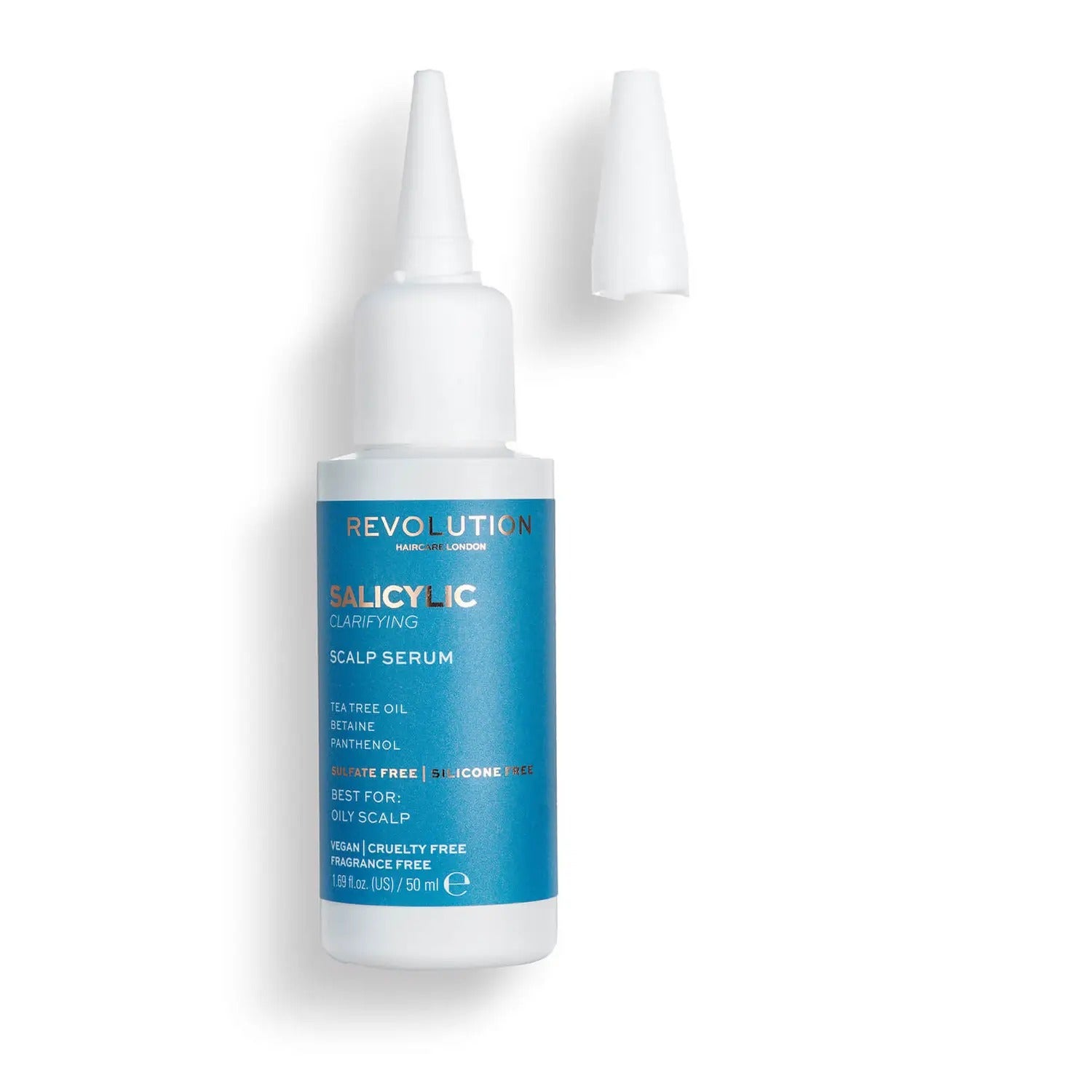I didn’t know it at the time, but when I met hairstylist and trichologist Helen Reavey recently, I desperately needed her help. I’d arrived at a London hotel to check out her haircare brand, Act + Acre, but when Reavey unveiled her high-tech microscope, things got serious for me and my scalp.
It is periodically flaky. I’ve been to various trichologists and dermatologists who have simply told me to wash my hair more often or to invest in a scalp scrub. I’ve even seen success with a handful of viral haircare trends, like using a glycolic acid exfoliator to chip away at dry, dead skin. But mostly, the flakes have persisted.
AdvertisementADVERTISEMENT
In all honesty, they haven’t bothered me much; they’re more or less inconspicuous to others. But recently, they’ve been accompanied by a constant itch. I’d put this down to the change in weather. As soon as the temperature drops, my skin (particularly my hands and my lips) feel the drying effects. Surely this was just my scalp’s way of telling me to buy a hat? As Reavey’s camera roved around my scalp, though, we realised it was a little deeper than the autumn chill.
Having a microscope on your scalp is confronting. It’ll show you the precise areas where you haven’t washed your hair properly and exactly where your strands have broken off as a result of forgetting to apply heat protection spray. I knew my scalp would be flaky, but I was shocked to see how red, inflamed and oily it looked. That’s when Reavey made a diagnosis of seborrheic dermatitis.
Seborrheic dermatitis is a common inflammatory skin condition that typically affects the scalp. Those who have experienced acne, rosacea or psoriasis are more likely to develop it, but stress, hormonal changes, cold weather and harsh detergents or soaps can exacerbate the condition. Like me, you might not even know you have it — and it could be impacting the way your hair grows.
So here is everything I learned in 30 minutes with Reavey, including how to take care of your scalp to achieve your best hair ever.
Avoid heavy fragrances in shampoos & conditioners
AdvertisementADVERTISEMENT
A handful of things could have caused my seborrheic dermatitis, said Reavey, such as over-touching my scalp or not rinsing out my conditioner properly, but it could also be the fragrance in my shampoo. Sure enough, the shampoo I had been using up until that point was highly perfumed. It smelled incredible and made washing my hair a more enjoyable experience, but it wasn’t right for my scalp. I should’ve known, seeing as I can’t tolerate fragrance in facial skincare.
Since giving it up, I’ve noticed far less irritation on my scalp — and my hands, too. Could it have been responsible for the dry, cracked skin on my fingertips? “Absolutely,” said Reavey. I also asked Dr Sharon Wong, consultant dermatologist, hair specialist and British Skin Foundation spokesperson, for her opinion: “There are many ingredients in a shampoo aside from fragrance (such as preservatives and surfactants) which may cause the dry skin, redness or cracking at the sites of repetitive contact,” she said. “This type of eczema or dermatitis is known as ‘contact dermatitis’.” Dr Wong added that avoiding fragrance would be sensible. “It would also be advisable to have patch testing to formally investigate the potential allergens causing the dermatitis,” she told me.
Try a fragrance-free shampoo and conditioner like Act + Acre Cold Pressed Cleanse Shampoo, from £28, or Necessaire The Shampoo Fragrance-Free, £30. If you’d rather spend less, try Noughty Care Taker Fragrance Free Shampoo, £6.99, or Faith In Nature Shampoo Fragrance Free, £6.69. One thing is for sure, said Reavey: if your scalp is a clean and happy environment, it’ll encourage healthy hair growth.
AdvertisementADVERTISEMENT
Try washing your hair more often
“Everyone asks me how often they should wash their hair,” said Reavey, “and I’m on the side of more often. Don’t be afraid to wash it.” I asked Reavey whether washing hair more frequently could damage it or dry it out in the long run. “You should be cleansing your scalp rather than your hair,” said Reavey. “[Your hair] doesn’t even need to be touched,” she added. “It will get naturally washed when [the suds] run down, so just focus on the skin on the scalp.” If shampooing more makes you worried about the condition (especially the ends), Reavey advises applying a hair mask on them while you shampoo the roots to protect them.
So how exactly should you wash your hair? When your hair is wet, Reavey suggests parting it in the middle and starting at the nape in the centre. Then move up towards the crown, back down to the nape and underneath your ears, then focus on your hairline.
Always emulsify your shampoo — & double cleanse your hair
There’s a reason why TikTok’s shampoo emulsifying trick went viral recently: it makes for a more efficient clean. To emulsify your shampoo, squeeze it into wet hands and rub them together for around 30 seconds to produce a thick lather. “This will provide an even distribution of shampoo [on your scalp],” said Reavey. “Sometimes shampoo can be too thick and when you put it in one area it might not lather up easily.” Make sure your hair is soaking wet, too. “It’s like when you’re washing your dishes. The more water you use, the easier it is to clean things.”
AdvertisementADVERTISEMENT
If you use lots of hair products, or work out often, consider cleansing your hair twice in one wash. “It’s similar to your skin,” said Reavey. A quick once-over with a makeup wipe or micellar water isn’t enough to remove sunscreen, makeup and oil — similarly, when it comes to your hair, the first cleanse removes buildup and the second ensures it’s all gone. “A lot of issues are caused by people not washing their hair often enough or not washing it properly,” said Reavey.
“Hair training” is a bad idea
The trend for “hair training” (scaling back how often you use shampoo to “rebalance” your scalp in the hope that it produces less oil over time) is taking over TikTok, but Reavey wants everyone to know that there is no such thing. Going four or five days won’t result in less oil — just a lot more, she said. “I ask my clients, ‘Would you go five or six days without washing your face?’” and the answer is almost always no.
“It’s natural to produce oil,” added Reavey, but if left on the scalp for long periods of time, it could prove problematic. “There are lipids in [natural sebum] and fungus and dandruff feed off of these lipids,” added Reavey, eventually making flakes, dandruff and itchiness worse. However, it’s important to note that some people (particularly those with natural hair) won’t want to wash it multiple times a week. It’s all down to your hair texture, lifestyle and, ultimately, personal preference.
AdvertisementADVERTISEMENT
Don’t be afraid of hair oils
If you have hair that’s on the finer side, it makes sense that you’d be wary of anything that might weigh it down or make it appear greasy. But Reavey thinks hair oils have major benefits for both strands and scalp, including as a pre-shampoo treatment, like the Act + Acre Cold Processed Scalp Detox, £42. “I think that oils break down hair products really well, but they also soothe and hydrate the scalp and bring hair back to life,” she said “A lot of the common concerns like dull, lifeless hair, a dry scalp or the hair lacking shine all come from product buildup or the scalp microbiome just not being balanced — it’s the same as the skin.”
If you don’t have the time or patience for a pre-shampoo treatment, try a lightweight oil-meets-serum, like Redken Frizz Dismiss Instant Deflate Hair Oil-In-Serum, £25.30, or Bumble and bumble Repair Oil Serum, £38.
Swap glycolic acid for salicylic acid
When used as a rinse-off treatment, glycolic acid (an AHA or alpha hydroxy acid, which exfoliates the skin) has multiple benefits for the scalp, such as chipping away at product buildup and increasing skin cell turnover. But Reavey prefers salicylic acid (a BHA or beta hydroxy acid). Though it penetrates the pores a little deeper than other exfoliating acids (breaking up the paste-like mixture of dead skin, oil and dirt) it’s very gentle.
AdvertisementADVERTISEMENT
Try Act + Acre Cold Processed Scalp Renew, £42, The Inkey List Salicylic Acid Exfoliating Scalp Treatment, £14.99 or Revolution Haircare Salicylic Acid Clarifying Scalp Serum, currently £6.40 at Lookfantastic. Reavey wouldn’t touch a scalp scrub, though: “You wouldn’t use a scrub on your face,” she told me, so why use one on your scalp, which is essentially an extension of the skin there? Instead, stick to liquid exfoliators like the above.
Try not to self-diagnose
Lastly, if you’re experiencing scalp issues like extreme irritation, flakes or redness, for example, it’s best to pay a visit to your GP, or a dermatologist or trichologist for advice rather than trying to self-diagnose, as you run the risk of making the issue worse.
At Refinery29, we’re here to help you navigate this overwhelming world of stuff. All of our market picks are independently selected and curated by the editorial team. If you buy something we link to on our site, Refinery29 may earn commission.
AdvertisementADVERTISEMENT







